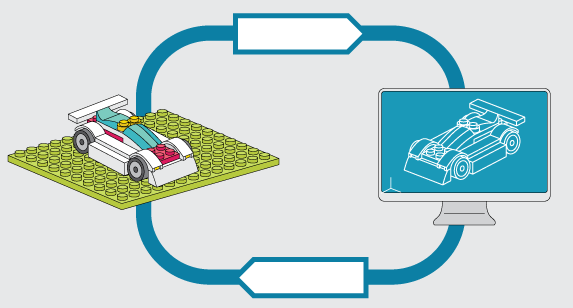Comparison of digitisation methods: photogrammetry and structured light scanning
What are the differences in performance and usability of digitisation techniques? In this video we compare two such methods; photogrammetry and structured light scanning. For more details please see the full paper on the link here https://www.cambridge.org/core/journals/proceedings-of-the-design-society/article/comparison-of-structured-light-scanning-and-photogrammetry-for-the-digitisation-of-physical-prototypes/66038D84EF1A45F22F601B899EFC0D25. This work was presented at the International Conference of Engineering Design (ICED) 2021.



